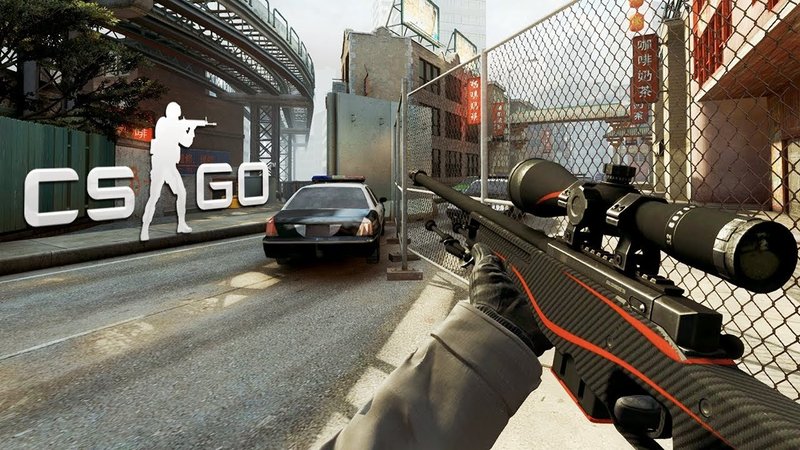We no longer own things. Increasingly, we just rent them, whether we are talking about objects of the real world, or on digital services and services. An era of co-consumption economy. We are renting apartments, cars, and more recently even movies and music. Even the software has become increasingly distributed by subscription, and hence the work of so many people today are stored in the cloud.
It is not difficult to guess that in such an environment is changing and the game industry. Rather than buying a finished product on physical media, we buy the digital version of a release, and then gradually pay more for different kinds of add-ons and in-game bonuses.
New interesting titles appear every day, adding to our personal collection. But they are no longer stored on the shelves in the room, and in a digital library. In a sense, we are already renting the game, and the trend is likely to continue to evolve.
However, within the gaming industry there are patterns that are striking in their sophisticated genius. Someone in this world knows very well how to make money.
An excellent example is Valve and its insanely popular competitive shooter Counter-Strike: of Global Offensive . And then the subscription system? Let’s look closely better.
Let’s look more closely at the purchase of in-game items. The most primitive model, aimed at revenue from microtransactions, implies the presence of in-store items that directly affect your character or abilities. You can buy a top gear and all colors of the rainbow ax, or to pump all of the abilities of the character in a single click.
There is another model that is much more forgiving and the most common in our time. You have the ability to purchase in-game item shop, but they are purely cosmetic. Funny hats, skins for the machine gun, the winged pegasosvin as a mount.
These items are good because they do not damage the economy of the game and did not break down the gameplay, and the publishers get a piece of the money from those who hat a cute panda simply vital.
It would seem that you can still come up with the perfect system that takes into account the interests and gamers and publishers? However, Valve has gone further and found a more clever way to make money. We, of course, talking about the skins to CS: GO. They change the look of your arms, with all the features remain the same, which means skill still is everything. However, if you use a purchased or received from Valve skins in the game, they will disappear in due course. Very similar to the classic subscription, is not it?
Of course, this system was not invented by the company Gabe Newell, however, apply it so popular, if not the cult project, which is now one of the key cyber disciplines – a truly brilliant move by Valve.
Due to the insane popularity of the project, skins CS: GO became a real goldmine not only for the Valve, but also for a variety of third-party firms. After securing the skin, you can sell it in the Steam Community Market, than gamers are active and engaged. The price of one of the digital object is relatively low, but the user base with millions of game players around the world, and with each transaction takes Valve currently 15%. All this eventually led to the fact that within the gaming industry was born a niche where players not only to sell the appearance of weapons inside Valve ecosystem, but also have the opportunity to sell the skins to outside offices, offering them for real money.



